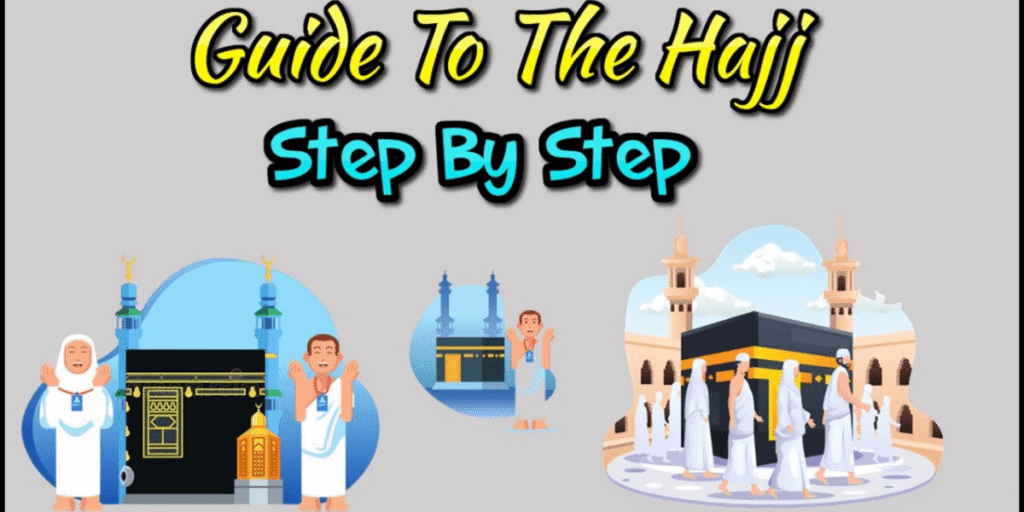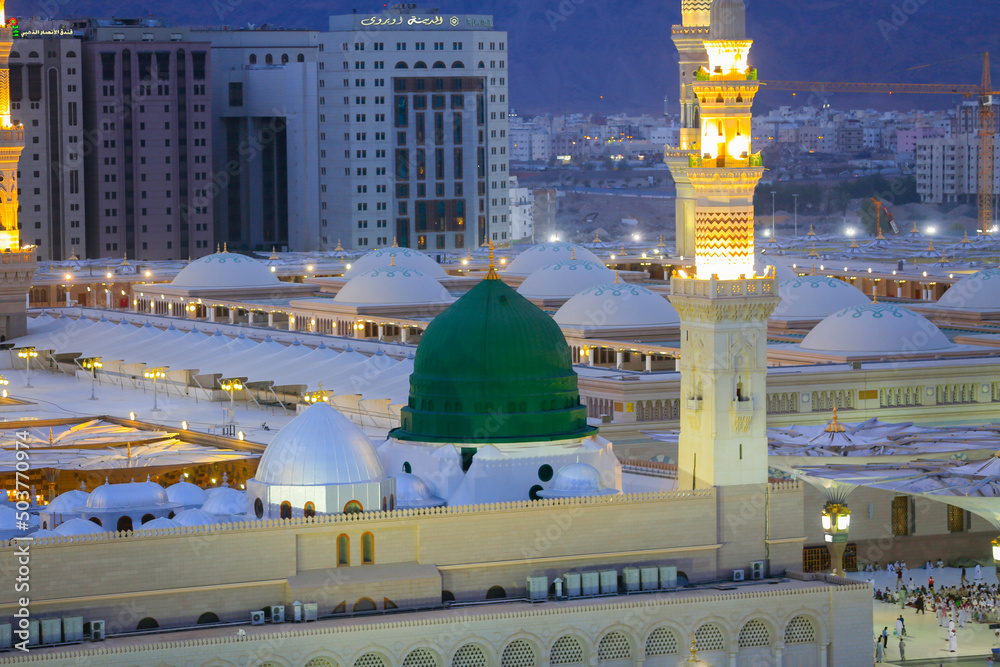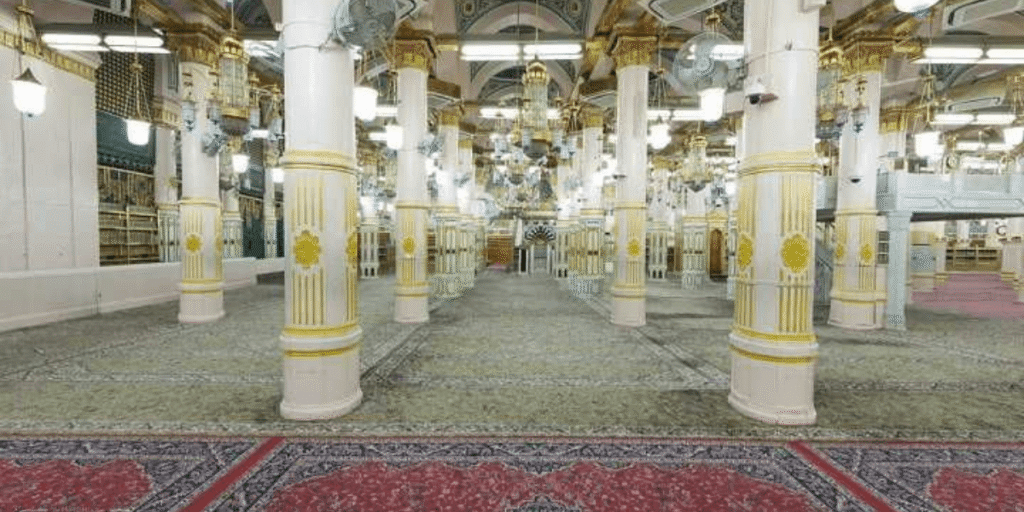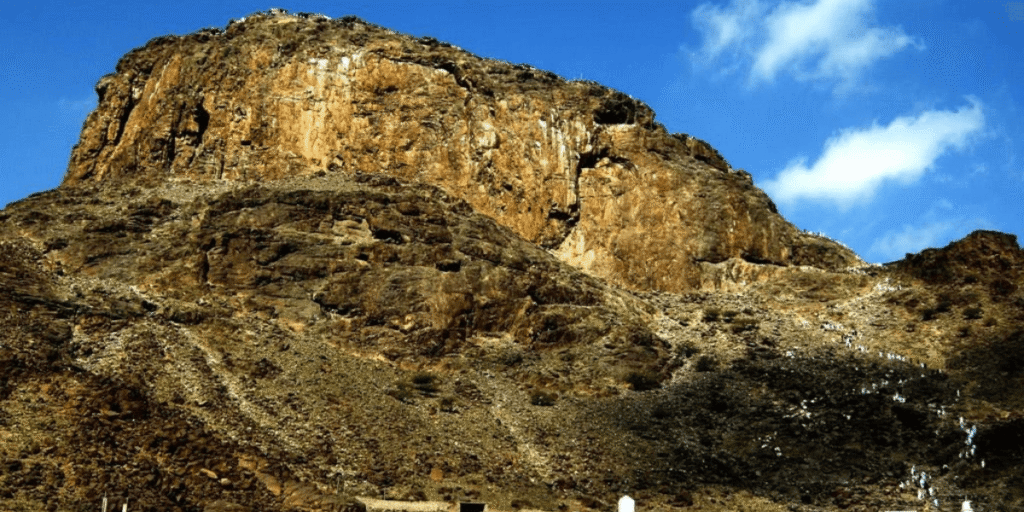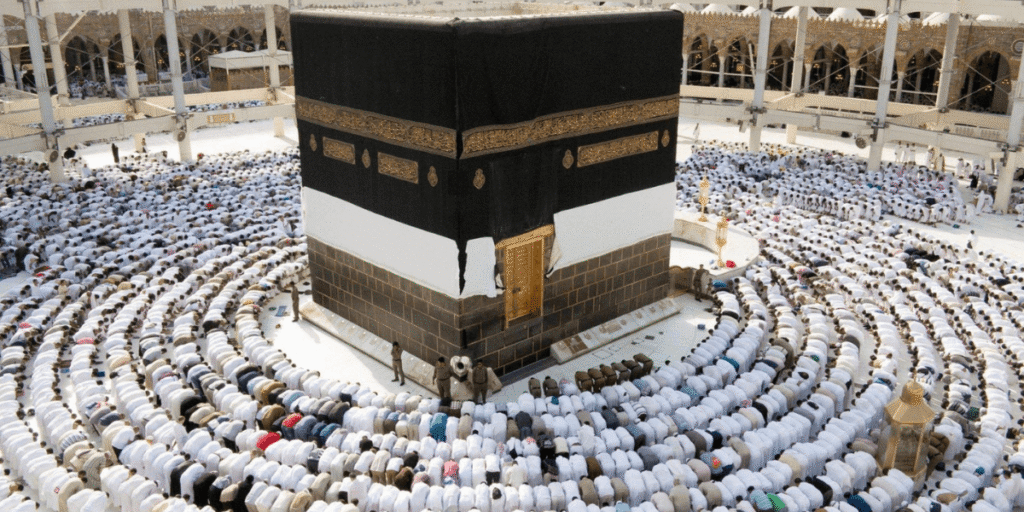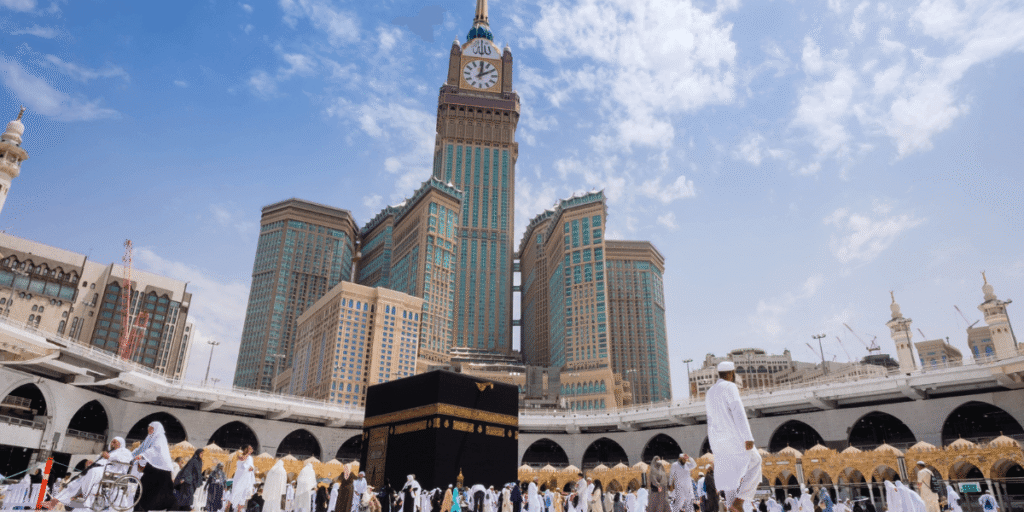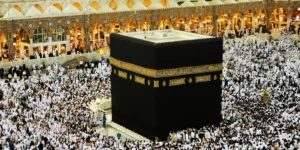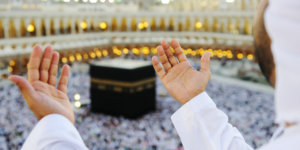Each year, millions of Muslims from across the globe journey to Makkah to perform Hajj, one of the five pillars of Islam and a sacred obligation for every able Muslim at least once in their lifetime.
This profound pilgrimage, however, requires more than just physical presence; it calls for thoughtful preparation, spiritual readiness, and unwavering patience.
Many pilgrims ask about the Hajj preparation checklist or what to pack, and this blog aims to provide a clear, easy-to-follow breakdown.
This guide will walk you through a step-by-step process to help you prepare for Hajj.
When Can I Perform Hajj?
Hajj is performed during specific days in the Islamic lunar calendar, from the 8th to the 13th of Dhul-Hijjah, the twelfth month. These are fixed dates, and the rituals must be completed within this time frame.
Unlike Umrah, which can be done any time of the year, Hajj requires pilgrims to be present during these days. So, booking early and planning months ahead is vital.
If you are from outside Saudi Arabia, you must register through your local Hajj authorities and book through a licensed travel agency.
How to Prepare For Hajj – A Step-by-Step Guide
1. Preparation and Intention
Before anything, set your niyyah (intention) to perform Hajj only for the sake of Allah. Start preparing early, physically, mentally, and spiritually. Read about the rituals, start walking daily to build stamina, and learn the important duas and supplications.
2. Enter the State of Ihram
Men wear two unstitched white clothes, and women wear modest, loose-fitting clothing that meets Islamic guidelines. The Ihram marks the beginning of your pilgrimage and includes reciting the Talbiyah: “Labbaik Allahumma Labbaik…” which means “Here I am, O Allah, here I am.” Once in Ihram, certain acts become prohibited, such as cutting hair or nails, using scented products, and engaging in marital relations.
3. Tawaf x7 (Circling the Kaaba)
After entering Makkah, your first ritual is Tawaf, where you walk around the Kaaba seven times in a counter-clockwise direction. It must be done in the sacred Masjid al-Haram. Each round should begin at the Black Stone and end back there. After completing the seven rounds, pilgrims perform two units of prayer near Maqam Ibrahim, if possible, or anywhere within the mosque.
4. Safa and Marwa
After Tawaf, pilgrims perform Sa’i, walking between the two small hills of Safa and Marwa, located within Masjid al-Haram. During Sa’i, pilgrims reflect on the strength and patience shown by Hajra. There are markers along the pathway and designated places for walking, resting, and prayer. Elderly and disabled pilgrims can also use wheelchairs.
5. Clip/Shave Hair (Umrah Ends)
After Sa’i, male pilgrims shave or clip their hair (shaving is preferred), while women cut a small portion. This act shows submission to Allah and marks the end of Umrah. The restrictions of Ihram are now lifted temporarily until the Hajj days begin. This is usually done before the 8th of Dhul-Hijjah.
6. Arrive at Mina (8th Dhul-Hijjah)
On the 8th of Dhul-Hijjah, pilgrims enter Ihram again and travel to Mina, a tent city near Makkah. Here, they perform Dhuhr, Asr, Maghrib, Isha, and Fajr prayers in shortened form. This day is mainly for resting, praying, and preparing for the journey to Arafah the next morning. Mina has become a city of worshipers, with millions of tents arranged by country and travel groups. You’ll sleep here overnight.
7. Day of Arafah (9th Dhul-Hijjah)
This is the most important day of the Hajj. Pilgrims travel to Mount Arafah, where they make dua (supplication) and reflect deeply. From noon until sunset, pilgrims stand before Allah and beg for forgiveness. The Prophet Muhammad (PBUH) said, “Hajj is Arafah,” emphasizing its importance. Here, you’ll listen to the Khutbah of Arafah, perform Dhuhr and Asr prayers combined, and spend the afternoon in dua.
8. Muzdalifah (Night under the Sky)
After sunset, pilgrims travel to Muzdalifah, a plain between Arafah and Mina. Here, they perform Maghrib and Isha prayers and sleep under the open sky, collecting 49 small pebbles for the next day’s ritual. This night teaches simplicity, unity, and humility.
9. Rami (Stoning the Devil – 10th Dhul-Hijjah)
On the morning of the 10th, pilgrims go back to Mina to throw seven pebbles at the largest pillar (Jamarat al-Aqaba). This act symbolizes rejecting evil and following the Prophet Ibrahim’s (AS) obedience when resisting the devil’s temptation. After the first Rami, pilgrims offer Qurbani (sacrifice), and men shave their heads again while women clip their hair.
10. Tawaf al-Ifadah
This is a required Tawaf done after Qurbani. It must be done before the end of the Hajj. Just like the earlier Tawaf, you circle the Kaaba seven times and perform two units of prayer. This Tawaf signifies a deep connection to Allah and the completion of most major rituals. After this, you are officially out of Ihram and can return to normal activities.
11. Spend Two More Days in Mina – Rami Continued
Pilgrims return to Mina for two or three days (11th–13th Dhul-Hijjah) to continue Rami, stoning all three pillars each day using seven pebbles per pillar. Pilgrims can choose to leave on the 12th before sunset, or stay until the 13th. Both are valid, but staying longer shows extra dedication.
12. Farewell Tawaf (Tawaf al-Wida)
Before leaving Makkah, every pilgrim must perform the Farewell Tawaf (Tawaf al-Wida). It’s the final goodbye to the sacred mosque and should be done with sincerity and peace. Walk seven times round the Kaaba and perform two rak’ahs of prayer.
Final Thoughts
From preparing at home to standing on Arafah, every moment holds spiritual value.
With this step-by-step Hajj guide, we hope you now feel better equipped to begin your journey. Use your hajj preparation checklist, review what to pack for Hajj, and, most importantly, focus on your intention.
If you’re planning your pilgrimage, we highly recommend exploring Hajj packages through Three N Travel & Tourism LLC, a trusted Umrah and Hajj travel agency in Dubai known for providing professional and spiritual support.



